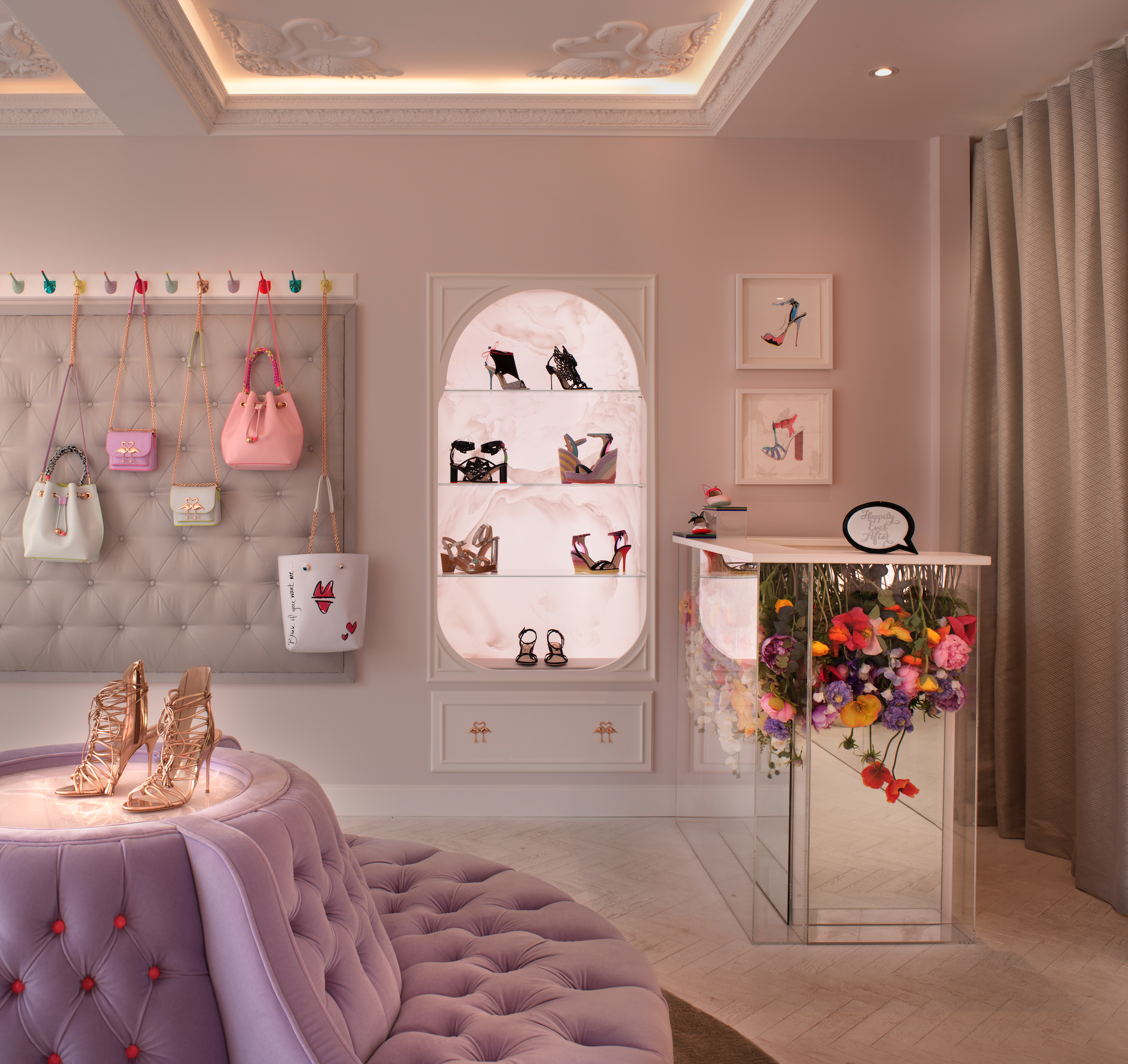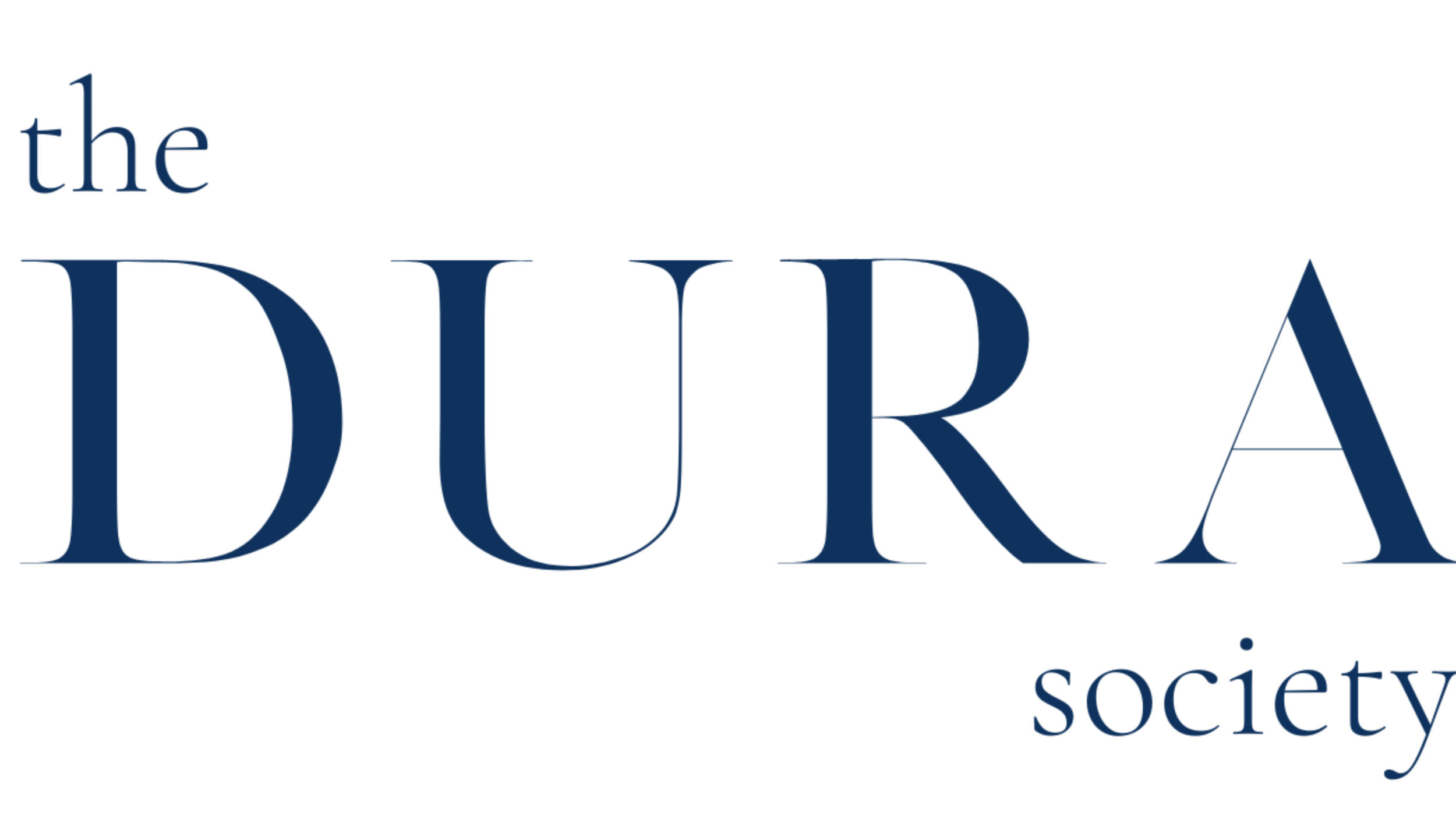Introducing Simone Suss, Founder of Studio Suss, luxury sustainable interior design
Simone Suss, founder of Studio Suss. Photo credit: Blake Ezra
Meet Simone, founder of Studio Suss, a sustainable interior design studio in London. Join us as she shares her dedication to sustainability, the value of relationships and how important it is to invest in one’s education.
Studio Suss’s philosophy is to balance functional design with exquisite finishes to create a sensory and luxurious experience. They incorporate influences from the worlds of art, fashion and travel to create interiors that are contemporary and timeless.
Website: Studio Suss | INSTAGRAM:@studiosuss
“I’m an award-winning interior designer and founded Studio Suss to create amazing spaces that never compromise on comfort, functionality and style. Recognised as one of the ‘World’s Top 100 Interior Designers’, we work with clients who share our vision of contemporary, timeless and sustainable interiors. We use natural materials wherever we can and employ cutting edge industry practices.
Our projects range from new-build private residences for high-net worth individuals across the world, to commercial developments and branded office and retail spaces for companies.”
Hampstead House, Photo credit: Philip Vile
What inspired you to set up your own interior design studio?
My first career was in media working across print, the Internet and Interactive Gaming at Sky. Whilst on maternity leave and looking for a house, I wondered if there was a science behind ‘good design’ so started studying interior design and completed courses at Central St Martins, Chelsea College of Art and Design and Inchbald School of Design. After I had completed my studies, an opportunity came up to build a house.
I really enjoyed designing my own home but had absolutely no confidence that I had any talent in designing as a future career. I started offering to assist people with their homes and one of my clients pitched my house to Living etc. magazine who promptly featured it. I realised that if it was good enough for them, perhaps it was a viable business venture. So I built a website and Studio Suss was born.
Tell us about your interest in the natural world and how you support this through your work.
I’ve always had an interest in the natural world and am an alumnus of University of Cambridge Institute for Sustainability Leadership. I sit on the Professional Practice and Sustainability committee for the British Institute of Interior Design (BIID) whom I also represent on the Construction Industry Council Climate Change Committee. I’m a Founding Signatory of Interior Design Declares who I represent on the Built Environment Declares Steering Group, collaborating with colleagues to set the interior design industry’s sustainability agenda and long-term strategy.
What services do you provide for your clients?
We provide interior design for clients which includes anything from space planning to selecting finishes, furniture and accessories. We also provide creative direction for brands and companies looking to create retail or commercial spaces.
Each project is totally bespoke and our projects are extremely varied. We first find out the function of the space and then overlay the aesthetic.
Who are your typical clients?
We have a very broad range of clients. We work with private clients on their dream homes, developers on their commercial spaces and business owners on their branded environments.
Hampstead House, Photo credit: Philip Vile
What changes could someone make today to improve the sustainability of their homes and interiors?
Sustainability is a complex area but in the short term, making sure that your home is using renewable energy and is as energy efficient as possible is a good place to start. It just takes a phone call to swap energy providers to one that runs off renewable energy and actions like making sure that windows and doors are not draughty, moving lighting to LED etc. all make a significant difference.
Also really thinking twice before throwing away old items of furniture and avoiding buying anything with a short shelf life. We should also steer clear of fast interiors in the same way as we do fast fashion.
What do you see as the current key themes within sustainable interior design?
We look at the whole life cycle of a project starting with the items our clients want to replace. We aim to send nothing to landfill and will re-use, re-cycle and donate as much of the original as possible, rather than just dumping it in a skip.
When we are selecting new finishes, we look at the supply chain and try to source products that are sustainable, robust and timeless.
Conscious consumption is, thankfully, getting some well-overdue air-time. What resources or brands do you recommend to source interior pieces with this in mind?
Examine your current furniture and think about how it can be re-purposed so that its life is extended, perhaps re-upholstered and placed in a different setting etc.
When sourcing pieces we endeavour to specify items that are functional, timeless and have some sort of sustainability built into the products. For example, Jennifer Manners Re-purpose rugs are made with recycled plastic bottles and look and feel exactly like her divine silk rugs but are far more hardwearing because they are made of plastic, so can be cleaned easily. Stuart Scott makes incredible and beautiful furniture and has a strong sustainability statement, sourcing materials locally and working with local artisans.
Hampstead House, Photo credit: Philip Vile
What are your most valuable business resources?
My team; Louisa has worked with me for 6 years and is by far my most valuable resource.
Our relationships with clients; over 95% of our business comes from referrals and word of mouth.
Our supplier network; we work with the best in the business.
What are your 5 top tips for running a business?
1. Open and honest communication is key.
2. Make the decision and move on.
3. Delegate whatever can be done better by others (our virtual team is enormous).
4. Focus on the solution, not the problem.
5. Set healthy boundaries and trust your gut instinct.
What do you wish you had known before you started?
How many moving parts are involved in running a business and how little design work I’d be doing as a business owner.
Hampstead House, Photo credit: Philip Vile
W E A L T H
Describe your relationship with money and personal finance in three words?
Work in progress
How do you define wealth?
Appreciation for the important things: good health, a happy and grateful attitude with a purposeful and fulfilling life.
What is the best financial decision you have ever made (business or personal)?
Staying out of debt and making sure there is plenty of cashflow.
What was the first investment you ever made, and where is it now?
I have always invested in my education. When I re-trained, my first project was my home which I still enjoy living in.
What did you learn about finance and money when you were growing up?
My parents always instilled a hard working attitude in me; I had to earn my own spending money and had Saturday and holiday jobs from a very young age. As soon as I graduated I had to pay towards the house expenses.
Who manages the finances in your household?
I’ve recently taken over managing my household finances.
Hampstead House, Photo credit: Philip Vile
What tools do you use to manage your personal finances?
Banking Apps on my phone give me complete visibility of cashflow and a great accountant.
Which area of finance do you wish you knew more about?
All areas but especially investments both in and out of the markets.
What’s your guilty pleasure purchase?
Travel and holidays.
What’s your money secret?
An American Express Platinum chargecard which comes with good travel benefits like insurance and hotel booking and cancellation policies. I pay it off every month so I don’t rack up credit card bills.



W E L L - B E I N G
What does a typical ‘day in the life’ look like for you?
I wake around 6.30am to get myself ready before waking up the kids and getting them out the house before 8am. On the way back from the school run, I walk the dog on Hampstead Heath every morning which sets me up nicely for the day.
My work days are totally varied. Daily I’ll check in with my team to discuss workflow and priorities. We often have client meetings or will be discussing design ideas for client projects.
I spend a couple of hours per week working in a pro-bono capacity trying to advance the sustainability agenda for the industry.
I try and finish my official meetings and work day by 4pm to be around for various childcare requirements and will reply to emails between managing the kids and making dinner. If there’s time in the day, I’ll try and fit in a yoga class.
We usually all eat dinner together and I’ll try and spend some time with each of the kids individually before bed.
Simone Suss, founder of Studio Suss, Photo credit: Philip Vile
Who is your role model?
Sara Blakely – founder of Spanx
What’s next for you?
I’ve never been more excited for the future. We have some amazing residential and commercial projects in the pipeline and our clients are really beginning to prioritise sustainability. Some are aiming for B-Corp status and BREEAM accreditations which I’m truly delighted about.
What are you currently reading and listening to?
I try to flick through The Times daily on my iPad and book-wise I’m reading The Surrender Experiment by Michael A Singer.
I listen to a wide range of podcasts including The Business of Interior Design. I’m currently listening to an audiobook called Advanced Energy Anatomy by Caroline Myss but generally I prefer to listen to uplifting music. I have a number of playlists which I rotate depending on my mood.
Top 5 Instagram accounts to follow?
Hampstead House, Photo credit: Philip Vile








